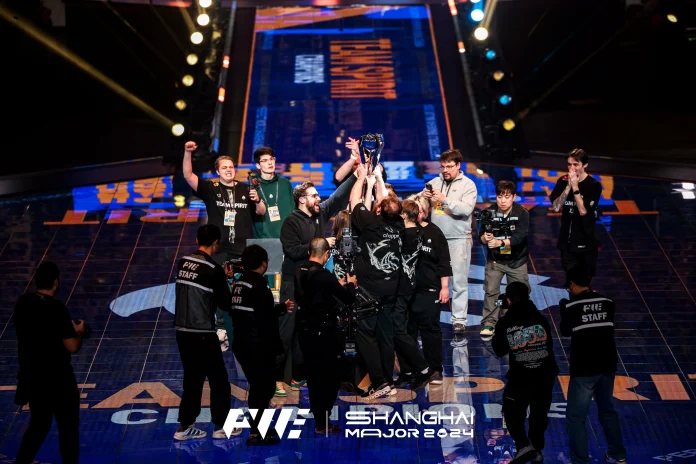Figuring out which CS2 teams make it to the Majors can seem complicated, but it all boils down to the Valve Regional Standings (VRS). Forget past Major results or RMR qualifiers – these rankings, introduced in 2025, are the golden ticket. New to the pro-CS2 scene, or just returning after a break?
Here’s a clear breakdown of how the VRS works.
What is VRS in CS2?
Essentially, the VRS is a system of four rankings: one global and three regional. The regional rankings cover the major CS2 areas: Europe, the Americas, and Asia-Pacific. Teams earn their spots on these lists based on their performance in ranked tournaments and matches.
Several factors play a role in how a match impacts a team’s standing. These include whether they won or lost, how strong their opponent was, the importance of the event, and how recently the match was played. These rankings get a refresh every week, usually on Mondays.
How is the VRS used?

So, what are these standings used for? They’re the key to tournament invites, both for the main events and the qualifiers. Big-name tournaments often use the global standings to decide who gets an invite, while regional standings are used for invites to regional closed qualifiers.
Most importantly, the VRS is the deciding factor for Major invitations. The regional rankings, combined with the previous Major’s regional results, determine how many teams from each region get invited and where they start in the tournament.
Want to check out the VRS for yourself? They’re on this GitHub page run by Valve. You can find them by navigating through the “invitation” or “live” folder, selecting the current year, and then picking the most recent regional standings page.


